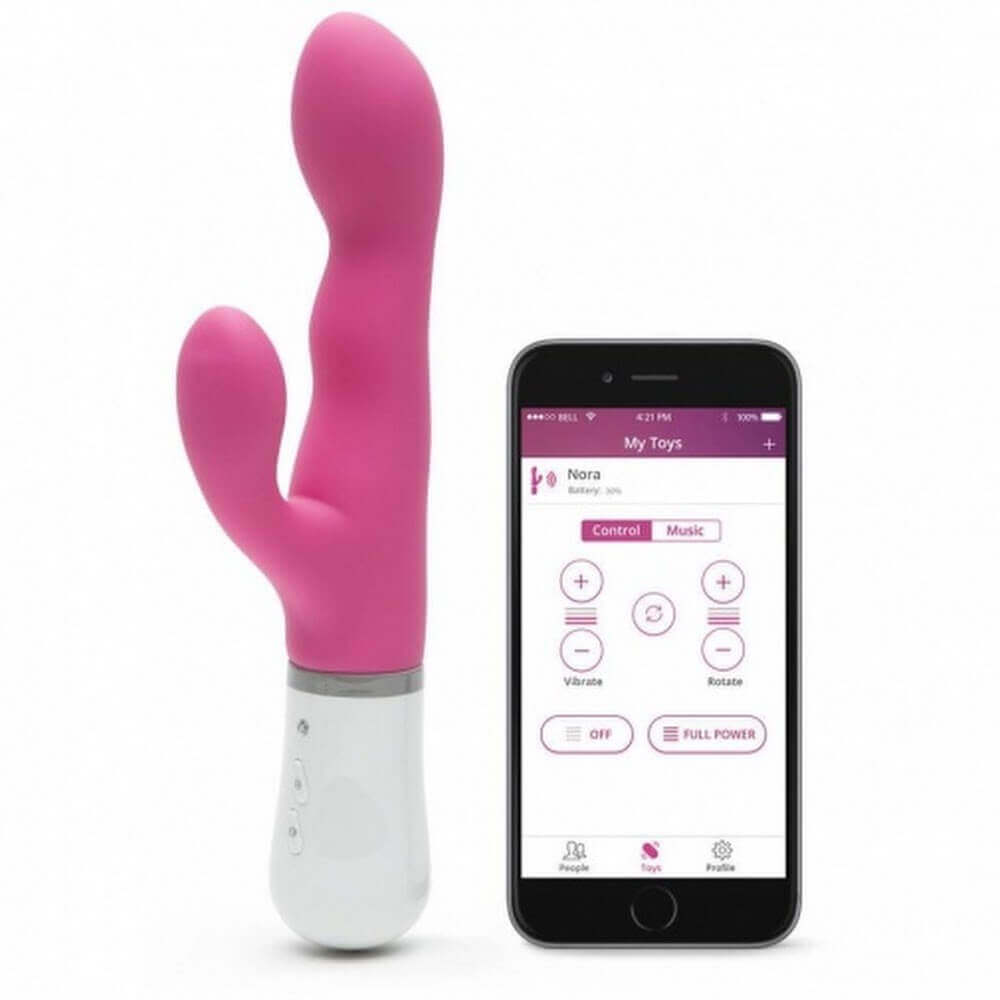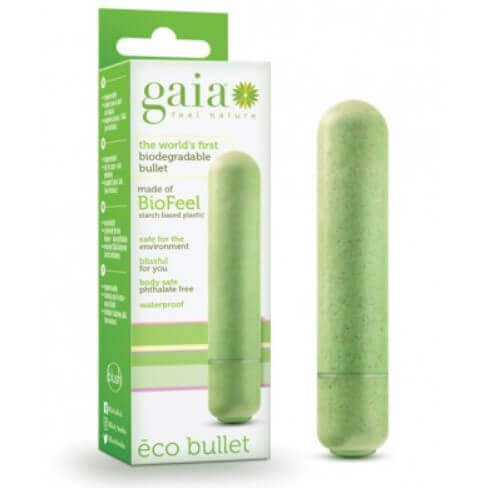4 Ways Dildos Are Embracing the Latest Sex Technologies
These aren’t our ancestor’s stone-age rock phalluses.

The 60s and 70s saw the rise of the personal massager and its evolution has been stratospheric in the past five years, let alone the past decade.
Our plugged-in consciousness and shrinking geography (thanks to everything online) mean we now have more stimuli than ever before, and literally on tap.
As we hurtle toward the realization that sexual identity is limitless and the act itself is no longer constrained by convention, is there a place for the humble personal accessory in the future at all?
Or is it something only the baby boomers will enjoy until product X takes its place forever?
1. The relevancy of technology
From early times, even prehistoric times, we humans have employed personal pleasure devices.
Starting with our own fingers and expanding into whatever the cultural or environmental dictums of the times generated. The last few decades of the 20th century and the initial offerings of the 21st century showed us that personal pleasure, just like cars and entertainment, will almost always keep up to speed with the relevant technology of the day, especially in terms of dildos.
By relevant we mean a technology that is accessible, practical and most importantly, one that is also profitable. Because, like it or not, since stone age times, sex sells! Always has; always will. So color, shape, style, and textures can be achieved with new technologies such as Bioskin and silicone, as examples.
2. The day a buzzing stick ceased to be exciting enough, reaching for more!
Older readers might recall Donkey Kong, the Nintendo craze that was the height of technology, available on a two or three-piece foldout screen.
Now technically vintage, it was a video game you could keep in your pocket (a large pocket, admittedly) and it ran on batteries, giving you a few hours of gameplay, eventually being upgraded to a rechargeable console. Wow!
For its time, it was the bee’s knees, and people paid decent money to own one. Millions of people did. In fact, they’re worth just as much, if not more now than they were then.
Point of relevance? If we look at the earliest personal massage accessories from the 60s and 70s, and compare them to the anatomically correct, even biologically capable of ejaculating dildos available today, we can see that there is indeed a market/need for a product. And the technology of the day is always obliging in keeping it up-to-date and therefore relevant to new and old audiences alike.
Innovators, industry leaders, and research companies are always improving and stretching the scope of what a particular product or hardware can do.
Our own brain is capable of conceiving truly fantastic things, keeping it safe, practical, and accessible is the duty of mainstream corporate and government jurisdiction.
Nintendo is alive and well today, and not for selling the old Donkey Kong handset, but for innovating and updating in tune with consumer demand and technology of the day.
Personal massage devices are no different, and we’re now seeing the overlap between a physical object and the concept of its use as an interface for interaction with virtual and digitally transmitted content, interacting with other people and other worlds, some real, and some computer-generated.
3. Realer than real, the advancement keeps on getting better and better
Advances in silicone and other types of polymer compounds have seen materials available that look, feel, and even behave as much like human tissue as our own does.
Internal mechanics, tiny and silent motors, intuitive controls, and chip memory are now standard fare for many personal pleasure accessories for any gender.
The old-style wand massager has been replaced with a micro-sized unit, which can be voice-activated. It can even be controlled by another consenting user from the other side of the globe, making long-distance relationships capable of having a very real and intimate side, even when separated by thousands of miles or an ocean.
We all know we are also capable of being able to talk face to face on something the size of a wristwatch!
There are numerous benefits for many cross-sections of communities, and some highlight the benefit and need for good sexual health and accessible services for all users of dildos as well as other sex toys on the market.
Advances in technology needn’t always be as radical as having to interact inside a VR or purely digital landscape. The oldest Internet technology of chat and video link are just plenty for lots of individuals, while there is still a growing portion of users leaning toward tech platforms with total or partial VR, or online role-playing style “games.”
It’s certainly a matter of personal choice if these are seen in the same light as regular sex, or, if indeed , they are an extension of it. And if we will see it based largely on the human behavioral landscape in the long term. Time will tell…
For the humble, physical and still-have-to-pay-for it and charge it up to make it work accessory, realism is now a standard feature. Interactive capabilities prove effective and interesting for many millennials and the generation that followed, generation Z.
But the oldies of our communities will most likely always tell you that they prefer the stuff they grew up with and recognize the technology that doesn’t feel like tech. Much like the phone, which has become the ubiquitous kit for anyone born in the last 10 to15 years.
4. Does it stop with generation Z? Device interaction possible!

Apart from reaching the end of the alphabet, the current generation of young folk, Gen Z, will have their successors scratching their heads for a new label.
Or will they? Technology is accelerating at such a rate that the 25% population of Gen Zs either has a lot to be excited about or a lot to be worried about.
From a personal pleasure standpoint, the modern tech will almost certainly gear toward interaction and using commonly used hardware, such as the Smartphone, as a basic user interface.
The biggest changes will most likely be in a) the types of accessories available, and b) just how far the digital landscape will progress, and c) how far it will engage users biologically.
The tide seems to have shifted in favor of the power of individual choice, regardless of which one, if any, we choose to adopt as far as identifying with or without a sexuality/gender.
So, where is the romance in all that? Or is romance, like the old-fashioned wand vibrator, just a means to an end.
Perhaps it’s just a necessary part of the emotional/technical evolution of mankind as they move toward something more?
It’s rhetorical food for thought, but one thing’s for sure, no matter which generation you were born in, there’s never been a more diverse and unusually exciting time to be alive.
Leave a reply
You must be logged in to post a comment.

















